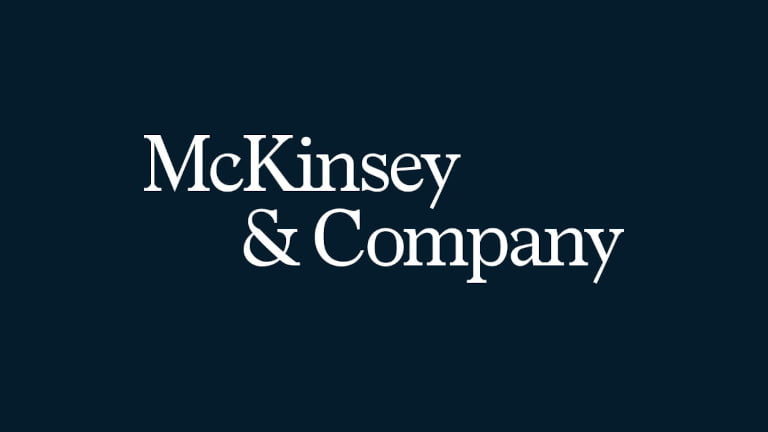Design of a Continuous Improvement Glossary Based Audit System
Recently, technical discussions at a recent company revealed that there were four different meanings for the term “uptime”. In addition, at another global manufacturer, four plants in the same country utilized different definitions of OEE. Often, the data sources used, as well as the variable definitions and computational procedures are different. Also, plants tend to develop their own excel/access tools.
Background
- Companies, specifically those in the process industries that embark on continuous improvement change programs, are concerned about the need for standardized process definitions to guide change. Using the old adage: “You can’t manage what you can’t measure” the progress achieved is often difficult if not impossible to calculate. Even if a Key Performance Indicator is used, the data or definitions used can vary. PowerPoint presentations often do not have footnotes or references that describe the data sources and exact formulae used.
- Creation of an operational and customized glossary will facilitate this process. At a recent annual meeting of the Institute of Industrial Engineers, members were asked about the existence of a glossary that is relevant for the process industries. This informal poll resulted in no known glossary. Google searches also did not reveal a reliable source for glossary information. There is no industry standard.
- Case example: A major food manufacturer has four plants in one country. Use of OEE is required for company presentations and reports. Data and definitions used in each plant differ so that comparisons are not valid. Corporate and regional management are currently not aware of this and even though there are technical support managers, a standardized glossary and set of definitions do not exist.
Objectives
- A Glossary of key terms and definitions will assist in the formulation and implementation of policy and change programs.
- Create an industry standard
- Consistency is a major objective of the glossary.
- A methodology for auditing the terms in use and for defining a consistent set of terms is necessary. Objective outside help may be a plus to provide an independent review and to suggest improvements.
Communication and leadership is an essential element of successful implementation programs. The audit will also assess how the terms are utilized and how they are reported. Impacts of inconsistent or incorrect definitions can be determined during an assessment and reported in a management workshop. Cross-functional teamwork can be used to support the process and create an ongoing, internal unit that supports the maintenance of a company and plant specific glossary.
Today’s Situation
- Numerous glossaries exist on the internet.
- A forum for interchange of ideas on the terms and definitions will help create relevant and up to date definitions.
- There is a gap today on how to create and operate this forum to help industrial professionals in the process industries.
How Did We Get Here?
- Textbooks and handbooks are rapidly obsolete by the time they are published.
- Technological change and automation of processes has resulted in rapid introduction of new terminology.
- Variations exist between and within companies on definitions.
Available Options
- Creation of a Generic Glossary
- Company Specific Glossaries
- Professional Association/industry standard Website
- Academic Review of Glossary
- Or a combination
- Glossary for Standardizing Strategic Change in Process Industries
What is Kaizen?
- Translation of Lean/Six Sigma/TPM definitions and specification of measurement methods is often a subjective process with considerable variability.
- Implementation of Continuous Improvement systems requires that a systematic process of definition of terms and methods be utilized.
- Using Kaizen is an ongoing process that will assist managers and workers by providing a glossary containing these definitions and methods.
Audit System
- The glossary is step one and field audits to confirm that terms are consistently defined will provide a baseline for reference.
- Measurements and terms are included in the audit and examples from different sites within the same company will determine a Consistency Score.
- An Operational Audit System can also provide management with a business case that confirms the value of the audit process.
Recommendation
- Consolidated Glossary of Current Terms Used in Process Industries
- Audit System: Company Specific
- Beta Test of Glossary
- Presentation at Future IIE Annual Conferences
- Corporate Advisory Council
- Academic Review Board
- Development of Industry Standards for Glossary and Audit System
Methodology Overview
In the figure below, a generic audit process is described. Various levels of glossary audit are possible for the plant, the national, regional and corporate wide levels. At the plant level, a consistency check can be conducted using a “Strawman” Glossary to confirm terms, add relevant terms and update definitions used for the plant. Interviews with key staff members are conducted prior to the field visit via telephone to review the glossary audit process and prepare a workshop agenda. Selected terms will be used in the workshop and the data required are converted into a database for use in conducting the audit. Verification of the data and definitions are performed in a workshop with staff members. Selected examples of key term utilization are analyzed by cross functional teams to discuss possible variations in data utilized, definitions and procedures. The impacts of inconsistent definitions and data sources are also discussed and an action plan is prepared for the team consisting of reporting requirements, technical definitions and a process for consistency checks of key terms will be proposed.
The team can reconvene on a monthly basis and report back to management on results and suggested improvements.
Annual audits are recommended and additional relevant terms can be considered that are related to specific functions such as maintenance, engineering, finance and IT. Circulation of the results of the initial plant to other plants at the national, regional and corporate level will provide an introduction to this process and summary reports comparing these results can also be submitted to management. Policy and program recommended changes related to the ongoing glossary audit can be provided in an annual corporate level report for senior management.
A “Strawman Glossary” has been prepared and circulated to Board Members of the Process Industries Division of the Institute of Industrial Engineers. Positive feedback on the need for making the PID Glossary available has resulted on a recommendation to IIE for an ongoing, web based Glossary. Wider circulation of the Glossary will provide additional input from industry and academia. There is the possibility that this will become an IIE function and that additional support will be provided to augment the Kaizen methodology. Beta test sites are being solicited using LinkedIn Groups and one company has indicated a desire to test this process at the plant level. In addition to the use of Internet technology, the incorporation of company specific video explanations for key terms promises to make the Glossary Audit a dynamic process with implications for training, orientation of new employees and a dedicated website for the creation of relevant dialogue about difficulties of accessing data, changes in processes that impact the definitions and guidelines for updating and maintenance of the glossary.
Dr. Martin Stein is President of Martin Stein Associates located in Needham, Massachusetts, USA. He is a member of the Institute of Industrial Engineers and a member of the Board of the Process Industries Division. He has over 30 years of international management consulting experience and has focused on the design and implementation of successful culture change programs.
For additional information and/or copies of the Strawman Glossary (Kaizenomics©), contact martin.stein@comcast.net
Shiona Kamermans is an experienced international continuous improvement consultant and trainer. She has a track record of more than twenty years of training, performance excellence and sustainable results through people in fast moving consumer companies.







